Data modernization means upgrading how you manage, access, and use data. You need modern data systems to keep up with the demands of 2025. Many organizations now handle almost 900 applications, but only 28% have integrated their systems. Over 95% of IT leaders say integration issues slow down AI adoption, while 62% have data setups that do not support AI. With data modernization, you build infrastructure that improves accessibility and drives business value. Companies like FanRuan and solutions such as FineBI show how data modernization services help you make better decisions.
| Statistic | Value |
|---|---|
| Percentage of integrated applications | 28% |
| Average number of applications per organization | 897 |
| Percentage of IT leaders reporting integration issues impeding AI adoption | 95% |
| Percentage of organizations with data systems not configured for AI | 62% |
- FanRuan hosted 'Transforming Data into Value 2025,' focusing on FineBI and the need for data-driven decision-making in manufacturing and public sectors.
Understanding Data Modernization

Definition and Purpose
You need to understand what data modernization means before you can build a strong data strategy. Data modernization is the process of updating how you collect, store, manage, and use data. This approach helps you unlock more value from your information and supports your business goals. A good data modernization framework gives you a clear path to follow as you upgrade your systems.
When you start a data modernization project, you focus on making your data easier to access and use. You also want to make your business more agile and efficient. Here are the main components that define a strong data modernization framework:
- Business leaders drive the effort to ensure it aligns with your company’s mission.
- The framework supports your key objectives, such as better analytics and faster decision-making.
- You reduce technical debt and improve scalability.
- You streamline your business processes for simplicity and speed.
Most organizations use data modernization to achieve important goals:
- Improve analytics capabilities so you can make smarter choices.
- Reduce operational costs by making data management more efficient.
- Enhance customer experiences with faster and more accurate insights.
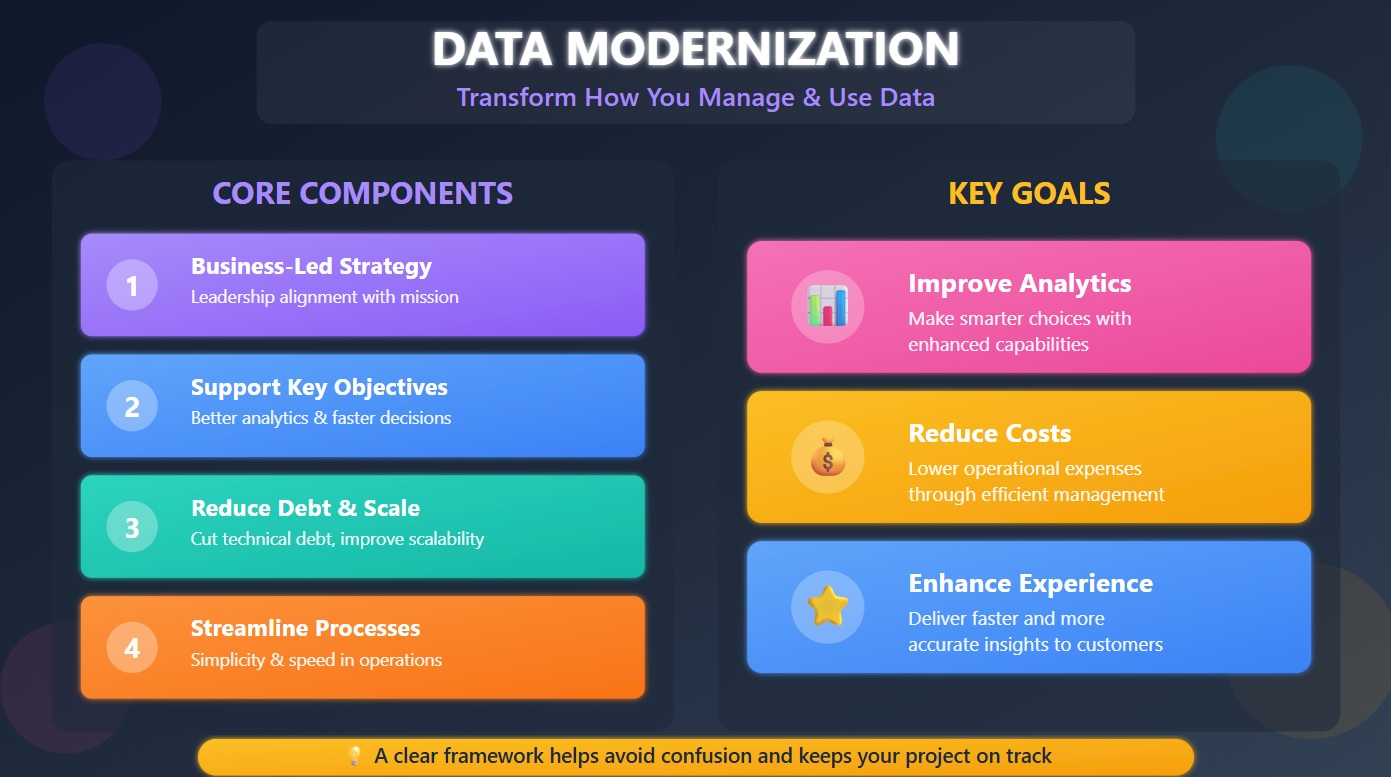
Tip: A clear data modernization framework helps you avoid confusion and keeps your project on track.
Legacy Systems vs. Modern Solutions
Legacy systems once powered many businesses, but they now create problems for modern data needs. These older systems often use outdated programming languages and rigid structures. You may find that they slow down updates, increase maintenance costs, and make it hard to connect with new tools.
Let’s compare legacy systems and modern data solutions:
| Feature | Legacy Systems | Modern Solutions |
|---|---|---|
| Integration | Slow, manual, and complex | Instant, with pre-built APIs |
| User Access | Limited to technical staff | Open to non-technical users |
| Analytics | Basic, slow, and outdated | Real-time, interactive, visual |
| Maintenance | Costly and time-consuming | Automated and efficient |
| Security | Vulnerable to cyberattacks | Strong, up-to-date protections |
You face several challenges with legacy systems:
- Inflexibility and poor scalability
- High maintenance costs
- Data silos that block information sharing
- Limited access to modern analytics
- Security risks and compliance issues
Modern data solutions solve these problems. They let you integrate data from many sources, use real-time analytics, and support your business as it grows. By moving to a modern platform, you gain faster insights, lower costs, and stronger security.
Why Data Modernization Matters for Businesses
Staying Competitive in 2025
You face new challenges every year. In 2025, data modernization becomes essential for staying ahead. Many companies now focus on centralizing transformation and governance. You need to unify data across your business to reduce inefficiencies and make better decisions. Data modernization initiatives help you democratize insights, so everyone in your organization can access the information they need. This shift creates a data-driven culture and streamlines decision-making. Generative AI and intelligent agents boost productivity by automating tasks. You can focus on high-value activities instead of manual work.
Note: Data modernization initiatives prepare your business for rapid changes in technology and market demands.
Increased Scalability and Flexibility
You want your business to grow and adapt quickly. Data modernization supports increased scalability and flexibility. When you upgrade legacy systems, you improve your ability to respond to changing market dynamics. Migration to cloud platforms lets you integrate new technologies and handle larger workloads. Governance frameworks help you collaborate and accelerate transformation. These frameworks protect data privacy and security, ensuring data integrity and secure integration. As you modernize, you see faster progress and better results.
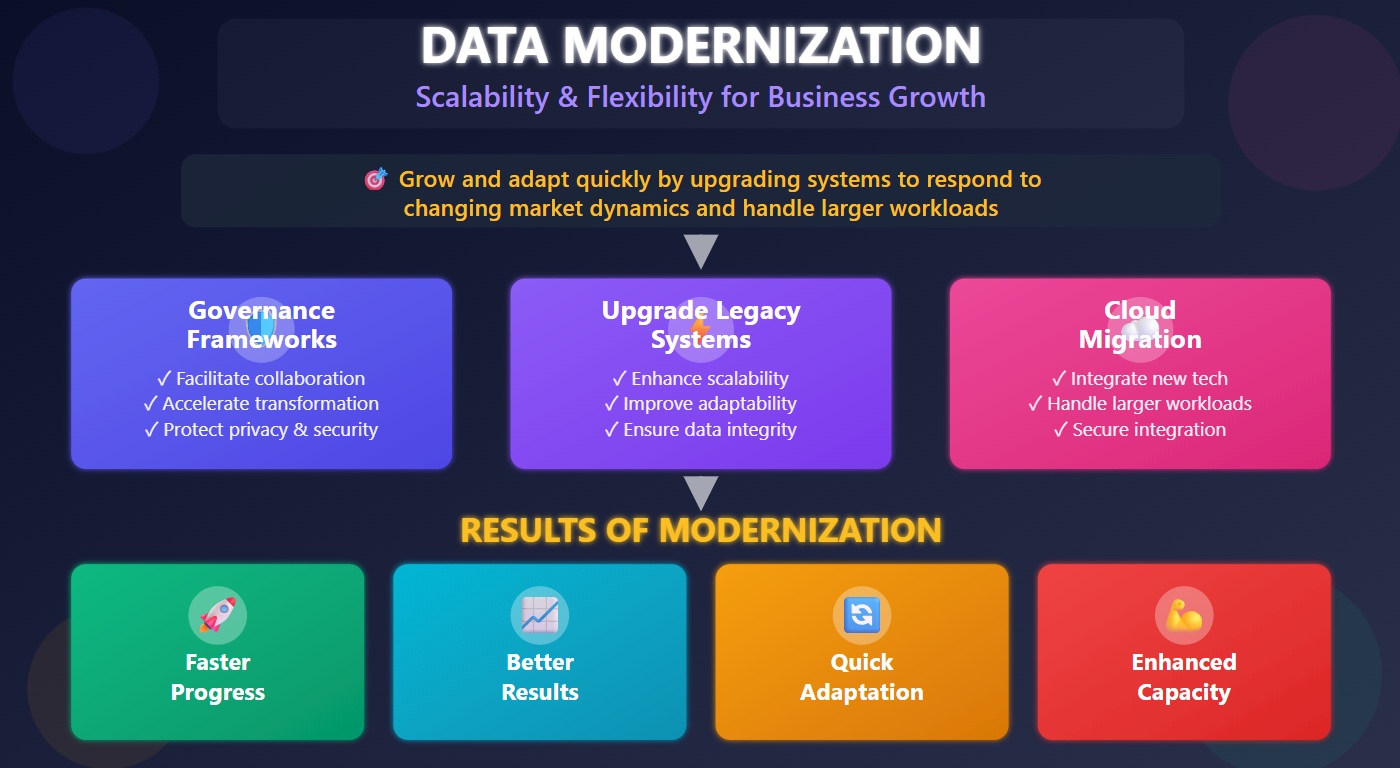
- Governance frameworks facilitate collaboration and modernization.
- Upgrading legacy systems enhances scalability and adaptability.
- Migration to the cloud enables integration of new technologies.
FanRuan’s Role in Modernization
FanRuan leads the way in business intelligence and data modernization. You benefit from strong data governance, which improves decision-making and reduces costs. FineDataLink streamlines processes and enhances collaboration. You can integrate data from multiple sources quickly and efficiently. Real-time synchronization keeps your business intelligence up to date. ETL and ELT capabilities improve data accuracy and consistency. FanRuan’s solutions support data privacy and security, so you can trust your data.
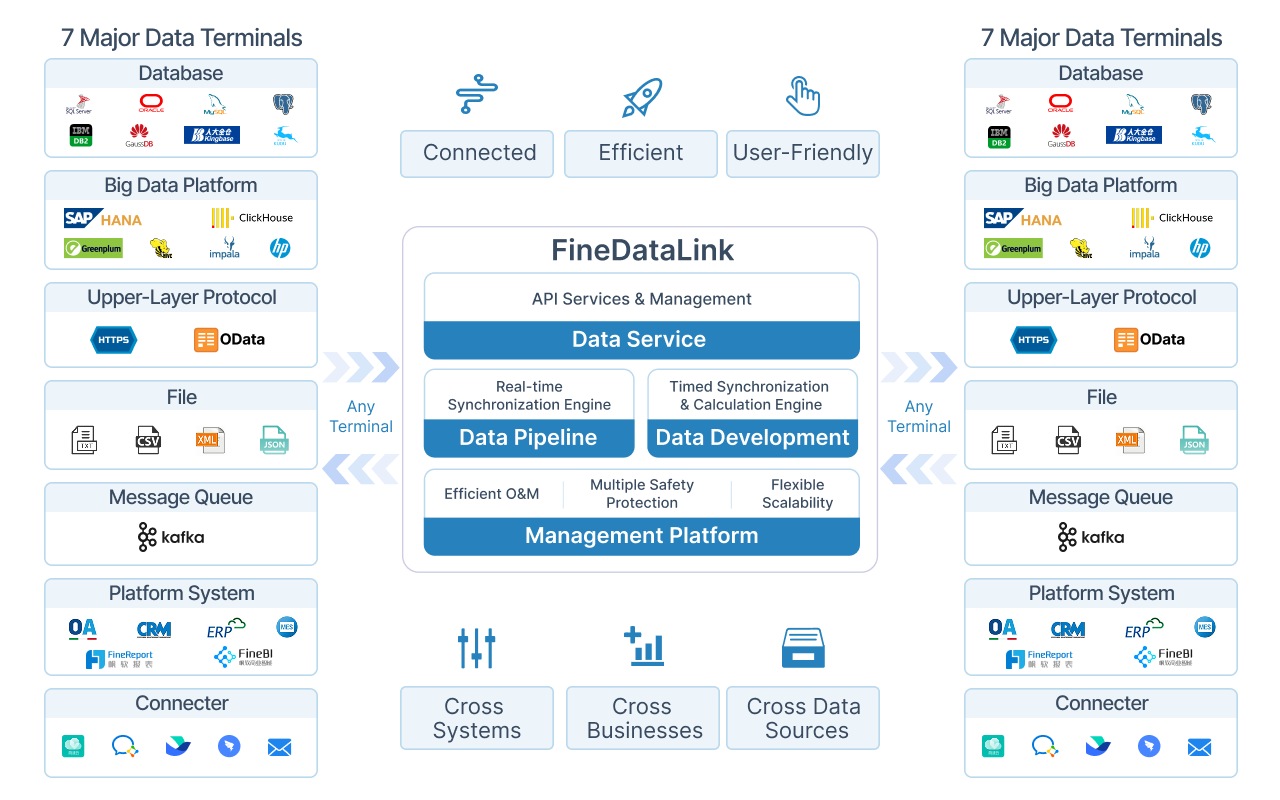
| Customer | Outcome | Key Person | Link |
|---|---|---|---|
| KPMG | 100% data mastered in the cloud | Kelle Fontenot, Chief Digital Officer | Read The Story |
| Jotun | 7x higher developer efficiency | Gro Kamfjord, Head of Data | Read The Story |
| Petmate | Automated order-to-cash process | Justin Glatz, Chief Information Officer | Read The Story |
| RSG Group | Consolidated over 1 million customer records, anticipating 33% reduction in fraud | Amanda Fitzsimmons, Sr. Director, Customer Data & Insights Group | Read Full Story |
| Mabe | $200K+ saved with higher data quality | Ricardo Rodríguez, Data Analytics and Governance Leader | Read The Story |
FanRuan’s data modernization initiatives drive transformation and help you achieve better business outcomes. You gain improved data analytics, stronger data privacy and security, and a foundation for future growth.
Key Benefits of Data Modernization Services

Improved Decision-Making with AI and ML
You want to make smarter choices for your business. Data modernization services help you do this by using AI and machine learning. These technologies improve how you manage and use data. When you use AI-powered data quality management, you automatically find and fix problems in your data. This gives you high-quality data for every decision.
AI and machine learning bring several improvements:
- You get faster and more reliable insights.
- You reduce errors in your reports.
- You can predict trends and customer behavior.
Many leaders see real value after adopting AI in their data modernization plan. You can see the impact in the table below:
| Area of AI Adoption | Percentage of Leaders Realizing Value |
|---|---|
| Improved Decisions | 40% |
| Better Productivity | 40% |
| Improved Customer Experience | 40% |
| Innovate Products/Services | 40% |
AI and ML also automate repetitive tasks. This lets your team focus on important work. You use predictive analytics to understand what might happen next. You deliver personalized experiences by analyzing customer data. You also improve fraud detection and security. These enhancements make your decision-making with ai and ml more effective.
| Enhancement Type | Description |
|---|---|
| Intelligent Automation | Automates repetitive tasks, allowing workforce to focus on higher-value activities. |
| Predictive Analytics | Provides insights and predictions about customer behavior and market trends. |
| Intelligent Personalization | Delivers personalized experiences by analyzing customer data. |
| Fraud Detection and Security | Implements AI solutions to detect fraud and ensure data security. |
| Optimized Resource Planning | Analyzes data to improve resource allocation and planning. |
Tip: High-quality data leads to better decisions and helps you stay ahead of your competitors.
Enhanced Security and Compliance

You need to protect your data and follow regulations. Data modernization services give you improved data security and help you meet compliance standards. In 2025, the average cost of a data breach reached $4.44 million. Many companies exposed data to anonymous users through cloud-based data platforms. There were over 3,000 data compromises in the U.S. last year. These numbers show why you must modernize your data systems.
Modern data platforms help you manage large amounts of data and reduce the risk of data silos. You can quickly find records when needed. This is important for consumer data management rules. Remote work makes it harder to track who accesses data and where it is stored. Centralized data management solves this problem.
- You manage more data and reduce silos.
- You locate records quickly for compliance.
- You track data access and storage, even with remote teams.
FanRuan’s solutions support strong data security and privacy. You get role-based access control and audit logs. You can mask sensitive data for certain departments. These features help you avoid breaches and keep your business safe.
Note: Upgrading to modern data platforms is essential for protecting your business and meeting legal requirements.
Real-Time Insights with FineBI
You want to see what is happening in your business right now. Data modernization services, especially FineBI, give you real-time analytics and fast data transformation. FineBI connects to many data sources, including cloud-based data platforms and legacy systems. You can process and analyze data instantly.
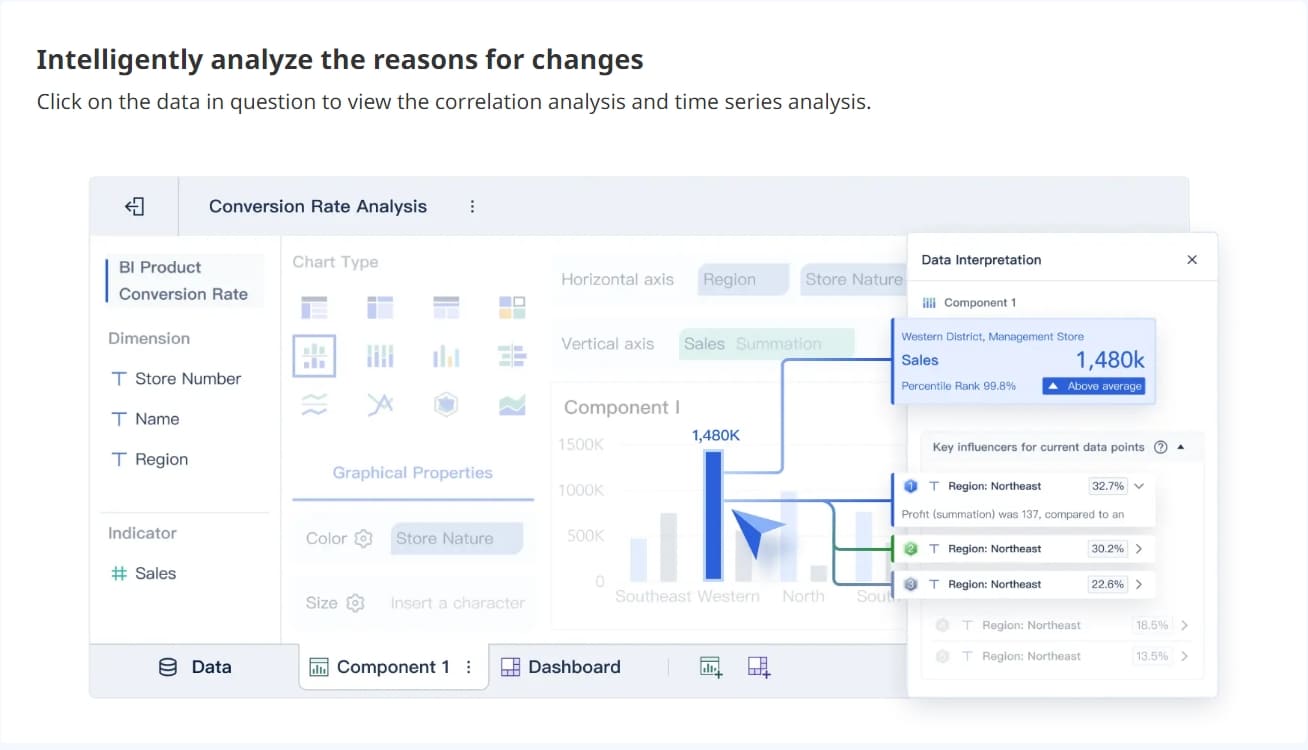
FineBI helps you:
- Improve meeting efficiency by 40% with real-time analytics.
- Boost team efficiency by 33% within three months.
- Increase data processing speed by 33%.
| Benefit Description | Improvement Percentage |
|---|---|
| Meeting efficiency through real-time analytics | 40% |
| Combined endeavor efficiency within three months | 33% |
| Data processing speed increase | 33% |
FineBI outperforms traditional business intelligence tools. You get at least 50% better efficiency. You receive real-time feedback and can verify data processing instantly.
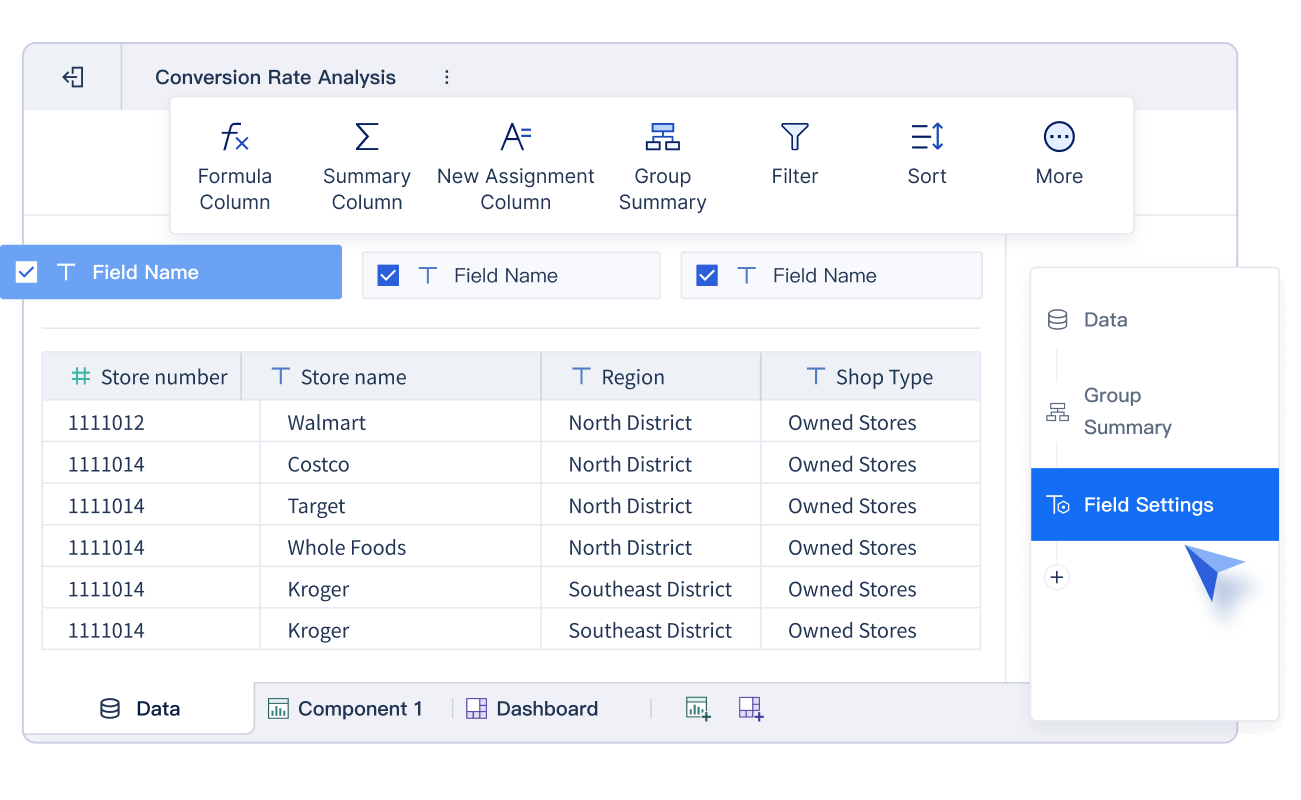
| Feature | FineBI | Traditional Tools |
|---|---|---|
| Efficiency Improvement | At least 50% | Lower than 50% |
| Real-time Feedback | Yes | No |
| Data Processing Verification | Yes | Limited |
FanRuan’s customer stories show the power of real-time insights. For example, SAMOA unified its data systems and automated reporting. The company now makes faster decisions and supports global growth. You can achieve similar results by using FineBI and other data modernization services.
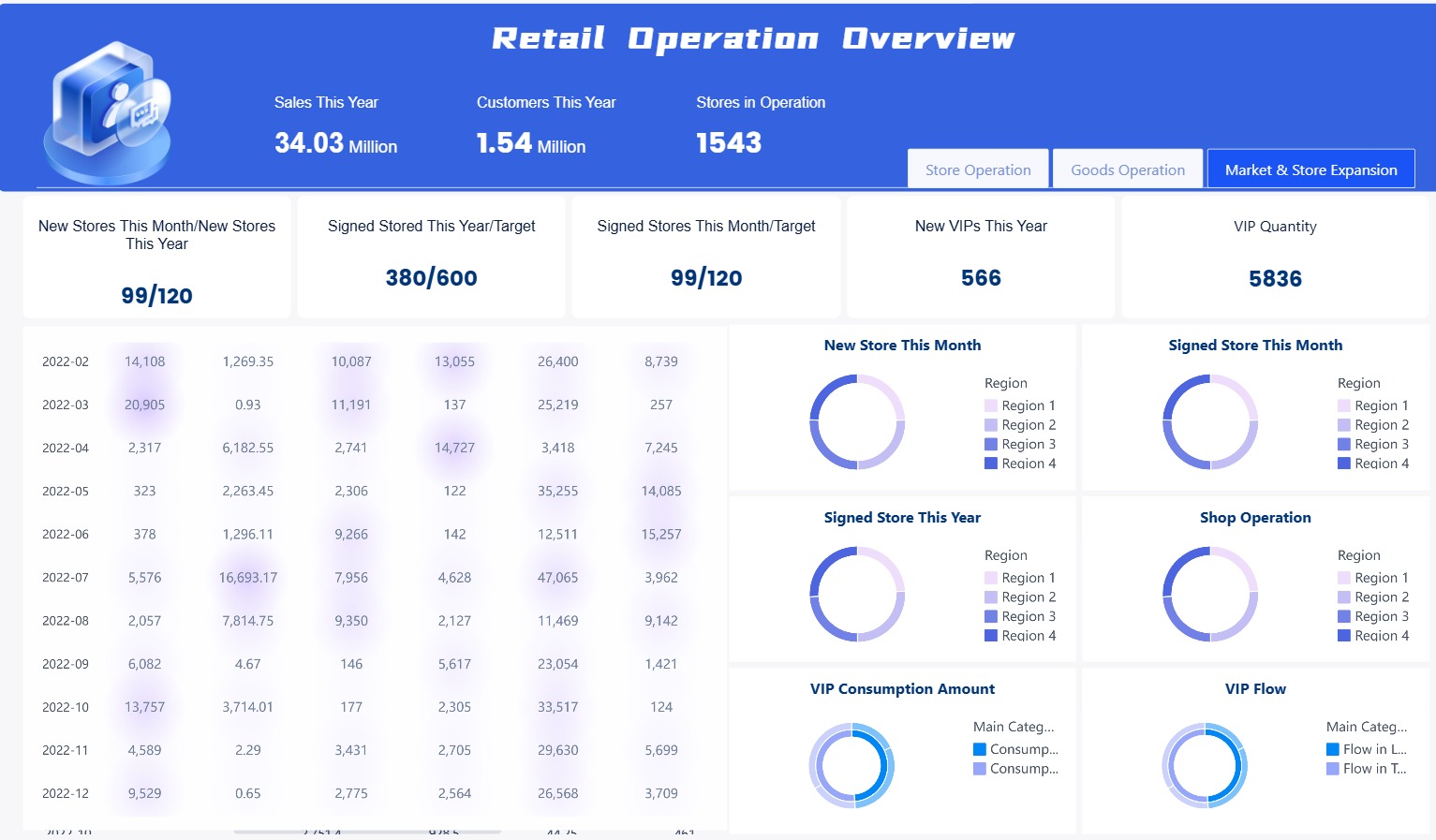
Callout: Real-time data insights help you respond quickly to changes and make smarter decisions every day.
Building a Data Modernization Strategy
Assessing Your Data Environment
You need to start your data modernization journey by understanding your current data environment. This first step helps you spot gaps and set clear goals for your data modernization strategy. Here is a simple process you can follow:
- Assess your current data landscape. Look at where your data lives and how you use it.
- Define clear objectives and KPIs. Decide what you want to achieve with data modernization.
- Develop a comprehensive roadmap. Plan each stage of your data modernization process.
- Choose the right technologies and tools. Select solutions that fit your needs, like FineBI for analytics or FineDataLink for integration.
- Implement in phases. Break the project into smaller steps for better control.
- Upskill your team. Make sure everyone understands new tools and workflows.
- Monitor, measure, and iterate. Track progress and adjust your data modernization strategy as needed.
You can use several tools and methods to evaluate your readiness for data platform modernization. The table below shows some popular options:
| Tool/Methodology | Description |
|---|---|
| App and Data Modernization Readiness Tool | A quick assessment that gives you guidance for modernizing workloads. |
| Consensus-based framework | Uses metrics to monitor changes in your data modernization initiatives. |
| AWS application questionnaire | Helps you check if your applications are ready for modernization. |
| Data infrastructure modernization toolkit | Helps leaders organize activities for governance and technology upgrades. |
Implementing FanRuan Solutions
You can streamline your data modernization process by using FanRuan’s solutions. FineBI connects to many data sources and supports real-time analytics. FineDataLink helps you integrate and transform data from different systems. These tools let you build a strong foundation for data-driven business operations. You can automate data flows, improve data quality, and ensure secure access. FanRuan’s methodology recommends starting with a comprehensive assessment, then moving to phased implementation. This approach reduces risk and helps you see value early in your data modernization strategy.
Overcoming Challenges and Best Practices
You may face several challenges during your data modernization journey. Common issues include inconsistent data quality, compatibility problems, and resistance from legacy system owners. You might also struggle with growing data needs and security concerns. To overcome these challenges, you should:
- Implement automated data management tools to improve data quality and consistency.
- Develop a unified data governance framework to solve compatibility issues.
- Engage all stakeholders in review sessions to ease the migration of legacy systems.
- Invest in scalable infrastructure for real-time processing and future growth.
- Maintain ongoing data management practices to protect data integrity and compliance.
Best practices for a successful data modernization strategy include having a clear roadmap, focusing on data governance, choosing technology wisely, and taking an iterative approach. Collaboration across teams ensures everyone supports the data modernization process. By following these steps, you can build a data-driven business and unlock the full value of your data.
You see that data modernization is essential for success in 2025. Companies like Emirates Global Aluminium and Clorox use AI and real-time data to save costs and launch products faster. The market for real-time data integration is growing quickly, and organizations report high returns from mature data modernization efforts.
- Data modernization helps you reduce silos, improve security, and unlock new business opportunities.
- FanRuan and FineBI give you easy drag-and-drop reporting, real-time calculation, advanced data visualization, and enterprise-level security.
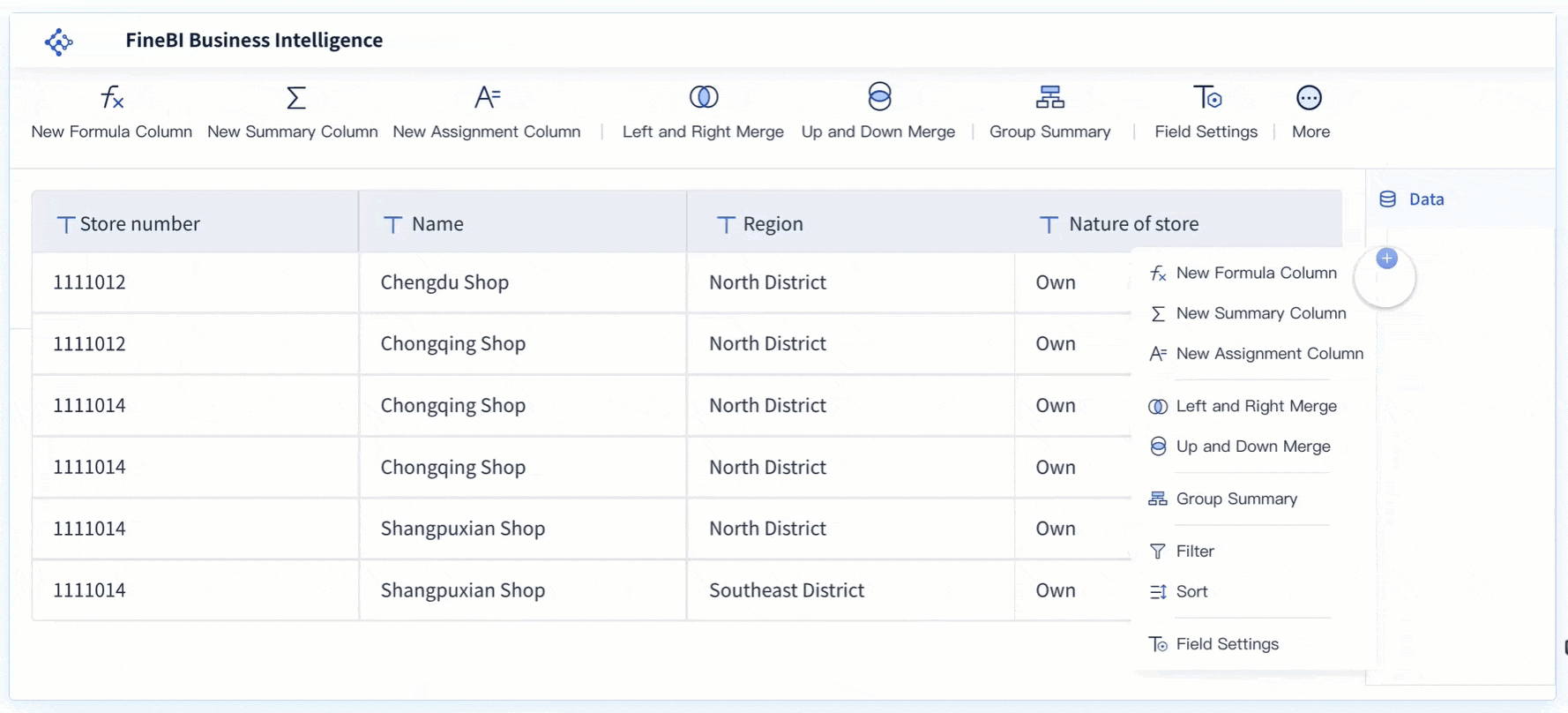
| Step | Description |
|---|---|
| Set Objectives | Define what you want from data modernization. |
| Analyze Current Situation | Review your data sources and quality. |
| Create a Data Strategy | Build a plan for integration and KPIs. |
| Choose Tools | Select solutions like FineBI for analytics and governance. |
You should evaluate your current data infrastructure and start your data modernization journey. Modern data architectures, cloud platforms, and AI integration will help you stay competitive. Explore FineBI’s solutions to prepare your business for future-ready data management.
FAQ

The Author
Lewis
Senior Data Analyst at FanRuan
Related Articles

How Can Employee Retention Software Help Lower Turnover Rate
Employee retention software lowers turnover by tracking engagement, identifying risks, and supporting recognition to keep employees satisfied and loyal.
Lewis
Nov 16, 2025

What is Retention and Why It Matters Across Different Fields
What is retention? It means keeping customers, employees, or knowledge over time—a key metric for loyalty, value, and success in any field.
Lewis
Nov 16, 2025
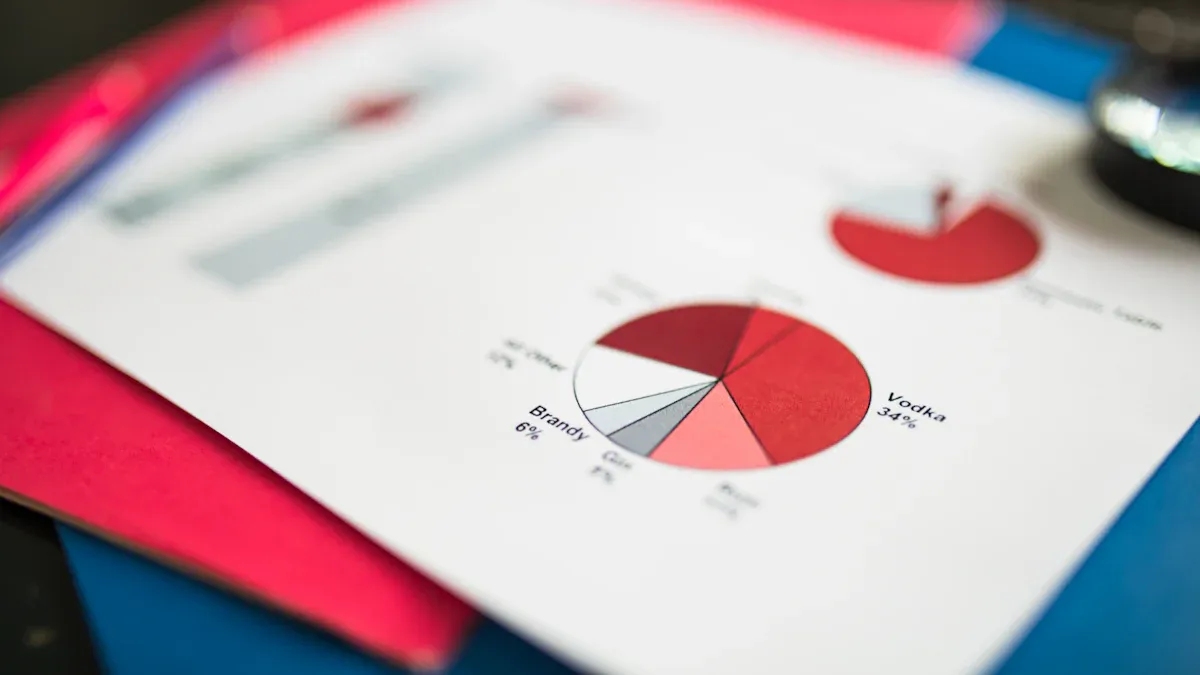
What is Data as a Product and What Make It Valuable
Data as a product means treating data as a user-focused asset, driving business value through quality, usability, and actionable insights.
Lewis
Nov 16, 2025





